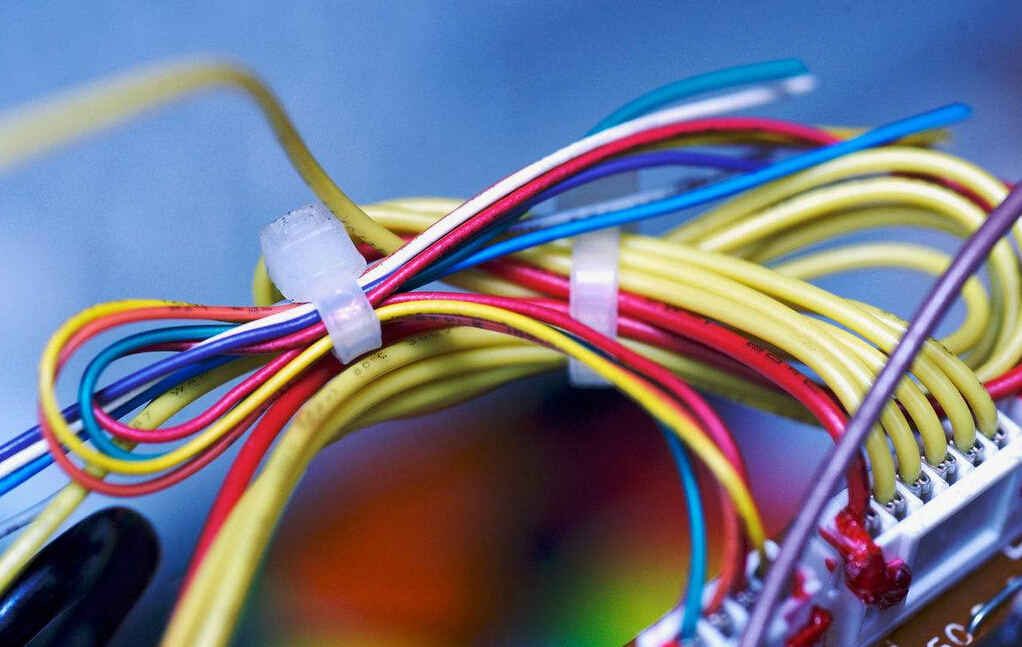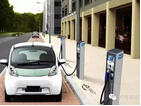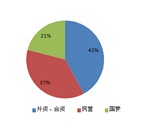Judging from the policies issued by the relevant ministries and commissions in 2017, the state has given some tilt support to new energy vehicles from the aspects of production, sales, and use, such as the liberalization of the number of new energy joint ventures, and the proportion of new energy auto loans is higher than traditional Fuel vehicles and incentives for new energy vehicles to carry out time-sharing leases are different from last year. This year, national policies have started to create favorable environments and changed the way that the direct promotion of new energy auto industries was directly supported by financial subsidies.

From the 2017 first electric vehicle green travel conference held in Shanghai, it was learned that in the first half of 2017 (January-June), the production and sales of new energy vehicles nationwide completed 212,000 units and 195,000 units, respectively, a year-on-year increase of 19.7% and 14.4 respectively. %.
In particular, the most energy-efficient and environmentally-friendly pure electric vehicles produced a total of 175,000 units in half a year, and the sales volume reached 160,000 units. Production and sales increased by 30.4% and 26.2% respectively year-on-year. It is estimated that by 2020, the number of electric cars in the country will exceed 5 million.
The market for new energy vehicles continues to grow, and the market for harness control module products is vast. The harness control of new energy vehicles is an important part of the electrical system. It plays a role of energy transmission and signal transmission in the automotive electrical system and is the "blood" of connecting various electrical components of the automobile. According to the data from the China Automobile Association, the average total value of a harness in a car is about RMB 2000-4000, and that of a high-end model is RMB 5000-6000. Compared with traditional automobiles, new energy vehicles have higher requirements on parameters such as quality, performance, temperature and electromagnetic field stability of automotive wiring harnesses. Therefore, the price of new energy automobile wiring harnesses is 20%-40% higher than that of conventional automobiles. According to the "Energy-saving and new-energy automotive industry development plan (2012-2020)" issued by the State Council, the cumulative production and sales volume of pure electric vehicles and plug-in hybrid vehicles will exceed 5 million by 2020. The increase in the output and demand of electric new energy vehicles will inevitably provide a huge market space for the development of the line-controlled components industry for electric new energy vehicles.
















 RCCN WeChat QrCode
RCCN WeChat QrCode Mobile WebSite
Mobile WebSite







